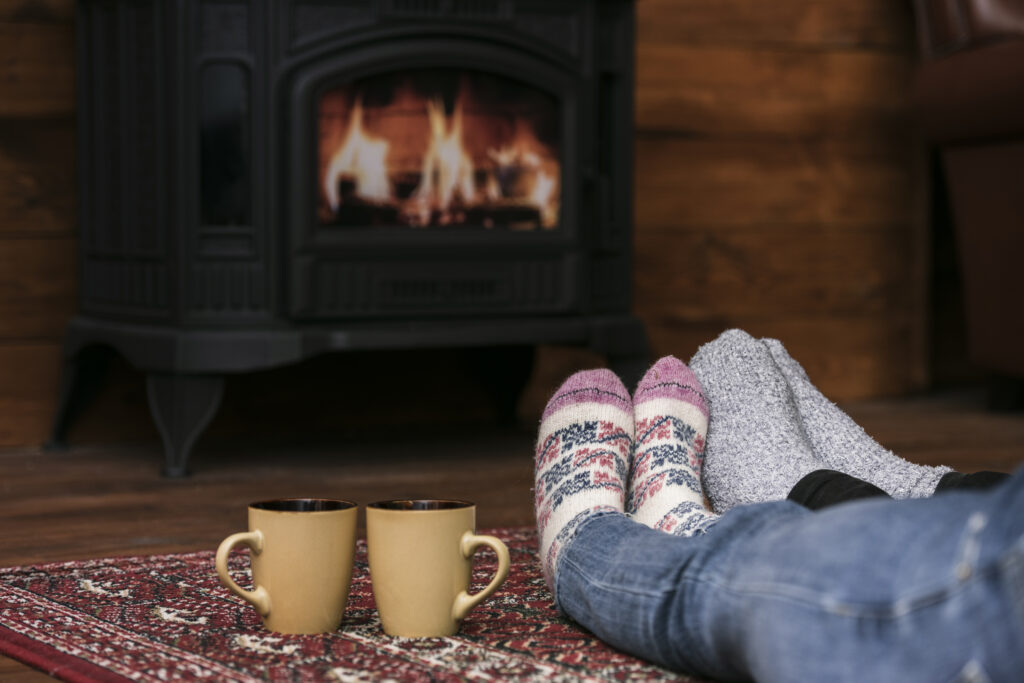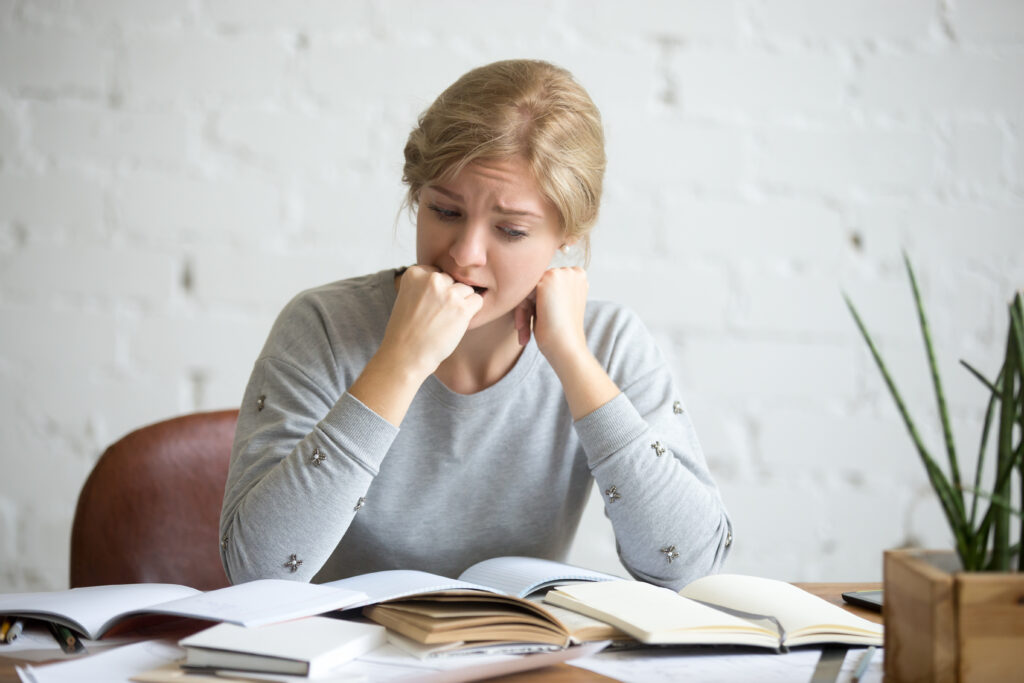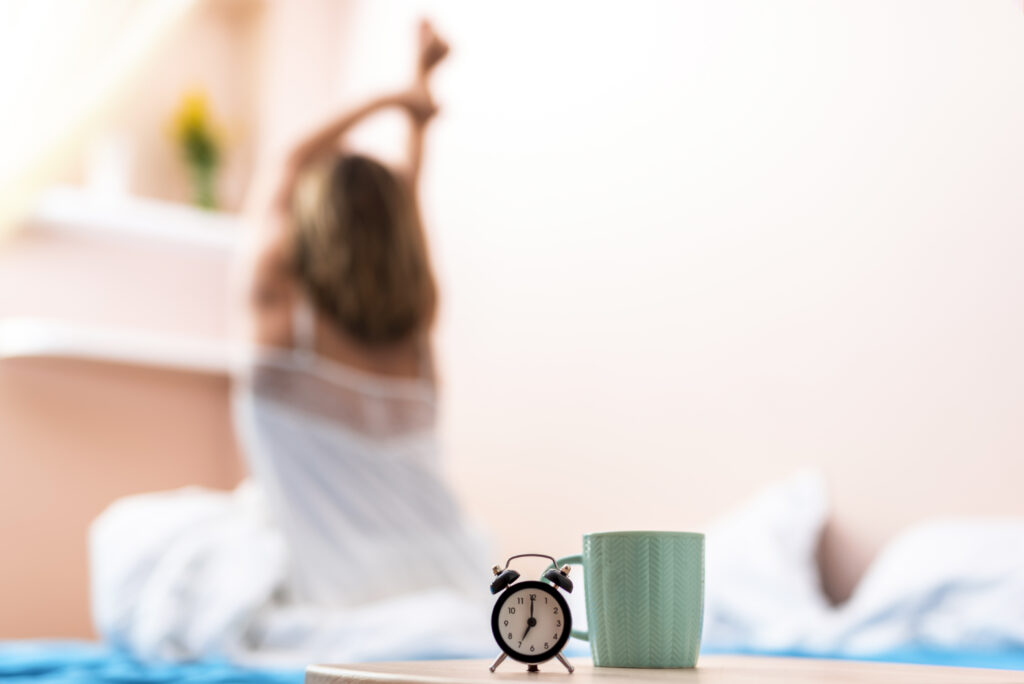Navigating Pet Etiquette with Finesse

Interacting with other people’s pets requires etiquette and consideration to maintain a positive experience and avoid rudeness. Always seek permission from the pet owner before touching their animal, as it’s a matter of common courtesy and safety. Not all pets are friendly, and even small dogs can potentially nip or bite. Additionally, never assume it’s acceptable to feed someone else’s pet without consulting the owner, as it may disrupt their training or cause dietary issues. Avoid making negative comments about someone’s pet or their choices as a pet owner, and refrain from giving unsolicited advice about a pet’s behavior or medical condition. Always supervise your children when they interact with someone else’s pet and teach them to ask for permission and be gentle to avoid causing harm. Never give medication, supplements, or any substances to someone else’s pet without the owner’s prior approval, as it can have adverse effects. Respect the boundaries of other pet owners by not forcing your own pet onto theirs. Maintain a safe distance between pets when walking them and seek permission from the other owner before introducing your pet. Never assume how someone else’s pet will react; be mindful of their body language and let the pet initiate contact. Avoid asking about the cost of the pet, as it’s a personal matter similar to inquiring about someone’s financial details. When visiting a home with a pet, do not request the host to create their animal unless there are valid medical concerns or allergies. Respect the pet’s personal space to prevent stress or aggression. Always avoid behaviors that could physically harm the pet, such as smoking near birds or lifting dogs improperly. When taking photos or videos of someone else’s pet, ask for permission first. Lastly, never pet or play with a service dog unless specifically invited, as these animals are working and any distraction could endanger the person they are assisting.
A Guide to Staying Safe and Cozy in Extreme Winter Conditions

The article addresses the health risks associated with winter storms, noting that death rates in the United States increase by 8% to 12% during winter months, with over 19,000 Americans having died from cold-related causes since 1979. This surge is attributed to seasonal changes in behavior, increased exposure to respiratory diseases, and the impact on the human body. Special attention is given to vulnerable populations, including infants and older adults, who struggle to maintain core body temperatures. Recommendations include ensuring infants sleep in warm rooms and checking on older neighbors to guarantee adequate heating. The risk of hypothermia rises when indoor temperatures fall below 50 degrees for an extended period. Indoor safety measures are emphasized, particularly the avoidance of carbon monoxide poisoning. The article advises against using generators, grills, or stoves indoors, stressing the importance of carbon monoxide detectors when using heaters. Using the kitchen stove for heat is discouraged, with alternatives like extra blankets, sleeping bags, or well-maintained fireplaces suggested. Outdoor safety measures involve avoiding travel on icy roads and, if stranded outdoors, staying inside the vehicle to prevent hypothermia. Outdoor activities, such as shoveling snow, should be performed slowly, and individuals participating in outdoor recreation are encouraged to travel in pairs with emergency kits and cell phones. The risks of frostbite and hypothermia are highlighted, with recommendations to limit outdoor exposure, dress in warm layers, and take immediate care, such as immersion in warm water, in case of frostbite. Moisturizing is emphasized to prevent dry and cracked skin during extremely cold temperatures, particularly for those with winter-related skin conditions. The impact of cold weather on respiratory health is discussed, with colder, drier air potentially causing complications for individuals with respiratory illnesses. The article underscores the importance of annual vaccinations, such as flu and Covid-19 shots, to prevent respiratory issues. Finally, cardiovascular risks associated with frosty weather are addressed, especially for individuals with heart conditions. Recommendations include avoiding strenuous activities like snow shoveling and exercising too much, as a drop in temperature has been associated with an increased risk of heart attack. Overall, the article provides comprehensive guidance on staying healthy and safe during winter storms.
Navigating Anxiety: 6 Habits to Dodge for a Lighter Mind

This article delves into common behaviors and thought patterns that contribute to anxiety while offering practical strategies to address them. The comparison is drawn between anxiety and a smoke alarm, signaling potential danger but sometimes going off unnecessarily. Natasha Reynolds, a psychotherapist, suggests that when the anxiety “smoke alarm” activates frequently for non-threatening situations, seeking support and developing coping tools becomes crucial. The first identified behavior is black-and-white thinking, where situations are perceived as either entirely good or bad without acknowledging gray areas. Avoidance is highlighted as a counterproductive habit that exacerbates anxiety, contrary to the common belief that it provides relief. Instead, therapists recommend incrementally approaching challenging situations to build resilience. Seeking reassurance, a behavior involving constant validation from others or online searches is identified as a contributor to long-term anxiety. Catastrophizing, imagining worst-case scenarios, is addressed by challenging these thoughts and considering practical coping mechanisms. Negative self-talk, characterized by harsh self-criticism, is highlighted as a significant factor in increasing anxiety. People-pleasing, prioritizing others’ needs over one’s own, is recognized as a common habit that leads to anxiety and poor self-worth. The article suggests grounding skills like going for a walk and mindfulness practices to alleviate anxiety. Belly breathing is recommended as a technique to promote calmness. Naming negative thought patterns when they occur and being mindful of them can help individuals distance themselves from these unhelpful patterns. Lastly, the article emphasizes seeking professional help, such as psychotherapy, as a powerful tool to understand deeper emotions underlying anxiety. It suggests that anxiety may be a secondary emotion covering up others deemed unacceptable, and therapy can provide valuable insights into one’s emotions and behaviors. Overall, the article encourages individuals to recognize these anxiety-inducing habits, develop coping mechanisms, and seek support when needed.
Navigating Holiday Travel with Wrapped Gifts

The COVID-19 pandemic has led to changes in Christmas plans, but holiday travel remains significant, with the Transportation Security Administration screening over 2 million passengers daily, nearly double compared to the previous year. Flying during the holidays presents challenges, especially when it comes to carrying gifts. Logistical concerns include finding space in suitcases, securely packing gifts to avoid damage, and whether it’s acceptable to fly with wrapped presents. According to travel preparedness expert Cheryl Nelson, while there are no explicit restrictions on gift wrapping, TSA advises against it. Wrapped gifts may be unwrapped during security inspections, causing delays and potential issues for both carry-on and checked luggage. To avoid complications, travel experts suggest alternative packing methods, such as gift bags or boxes that TSA agents can easily open if necessary. It is recommended to save the actual gift wrapping for the destination to prevent delays. Those who insist on wrapping gifts before air travel might consider sending them separately via mail to the destination to avoid potential inconveniences at airport security. Travelers should know TSA regulations for all packed items, including gifts. Checking the TSA homepage and the “What can I bring?” section provides the most up-to-date guidance on permissible items. Considerations extend to packing supplies, with craft scissors only allowed in checked luggage. If needed at the destination, borrowing scissors is a viable option. Considerations extend to packinSpecial attention is given to snow globes, considered liquids by TSA. Snow globes larger than 3.4 ounces may be confiscated, so packing them in bubble wrap in checked luggage is recommended. Additionally, travelers are reminded to adhere to COVID-19 precautions, including wearing masks, practicing hand hygiene, maintaining distance, and avoiding travel if unwell.g supplies, with craft scissors only allowed in checked luggage. If needed at the destination, borrowing scissors is a viable option. Special attention is given to snow globes, considered liquids by TSA. Snow globes larger than 3.4 ounces may be confiscated, so packing them in bubble wrap in checked luggage is recommended. Additionally, travelers are reminded to adhere to COVID-19 precautions, including wearing masks, practicing hand hygiene, maintaining distance, and avoiding travel if unwell.
New Year Stress-Busting Strategies

The article explores alternative techniques for stress management beyond conventional approaches like exercise and adequate sleep. Chronic stress is linked to various health issues, emphasizing the importance of effective stress management. Wellness experts, including Dr. Leana Wen and Dr. Karmel Choi, highlight the impact of stress on mental and physical health, as well as relationships. The first technique encourages incorporating play into adult life, citing a study showing that playful individuals experience lower stress levels and are more likely to employ healthy coping strategies. Rediscovering childhood activities or exploring new hobbies is recommended for introducing play into daily schedules. The second technique suggests engaging in mindless activities, such as watching TV, as a means of stress reduction. Dr. Victoria Garfield notes that leisurely activities can be beneficial for those who find traditional mindfulness practices challenging. However, caution is advised against screen time close to bedtime to ensure quality sleep. The third technique focuses on the surprising benefits of sighing as a stress-relief mechanism. Cyclic sighing, involving a specific breathing technique, is highlighted for its effectiveness in providing rapid relief from anxious feelings and stress. The fourth technique introduces progressive muscle relaxation (PMR) as a highly effective mind-body relaxation technique. PMR involves systematically tensing and relaxing muscles and can be practiced in as little as five minutes, making it suitable for individuals who struggle with traditional meditative breathing exercises. The fifth technique emphasizes practicing gratitude as a means of reducing stress and improving mood. Keeping a gratitude journal or creating a gratitude photo album on a phone is recommended. Gratitude helps broaden one’s perspective, allowing for the recognition of positive moments even during stressful situations. In summary, the article advocates for a holistic approach to stress management, incorporating elements of play, mindless activities, intentional breathing techniques like sighing, progressive muscle relaxation, and gratitude practices. These diverse techniques provide individuals with a well-rounded stress-management toolbox, promoting overall well-being and balance in the face of life’s challenges.
Morning Habits and Anxiety

The article explores morning habits impacting anxiety, emphasizing cortisol spikes. It suggests calming activities and routines to counter stress despite healthy practices. Inconsistent sleep patterns and rushed mornings exacerbate anxiety, highlighting the need for regular sleep and a structured morning routine.
